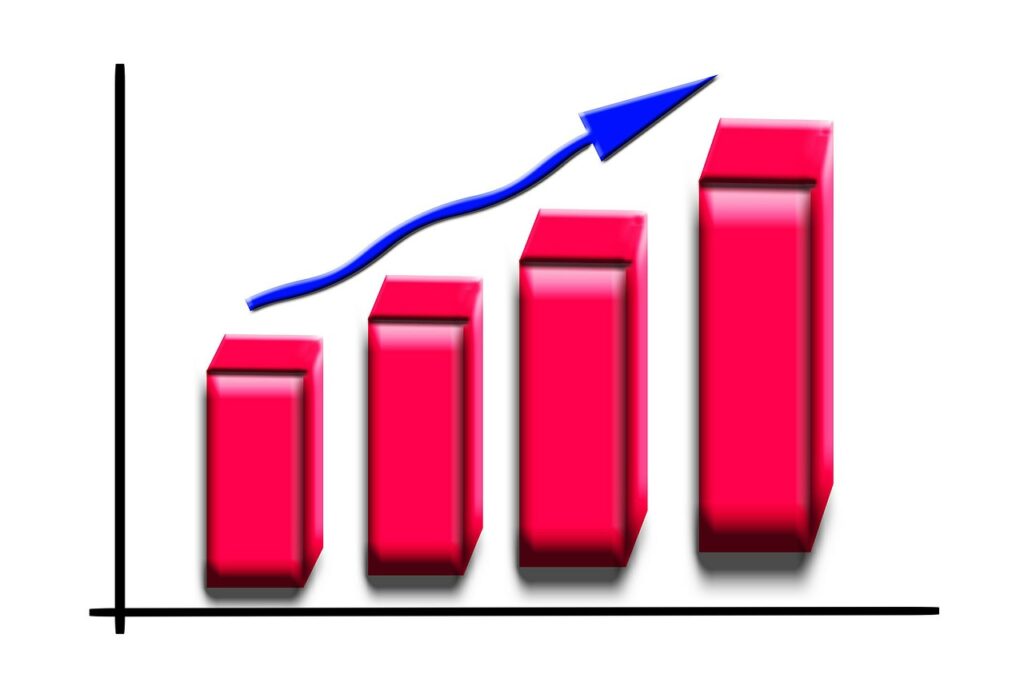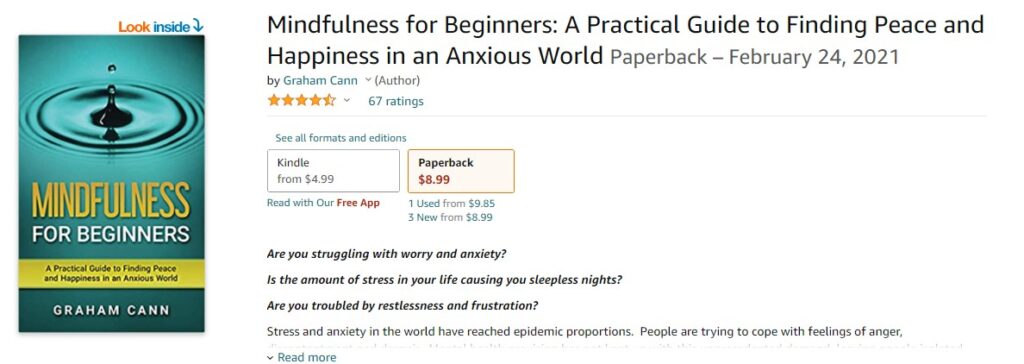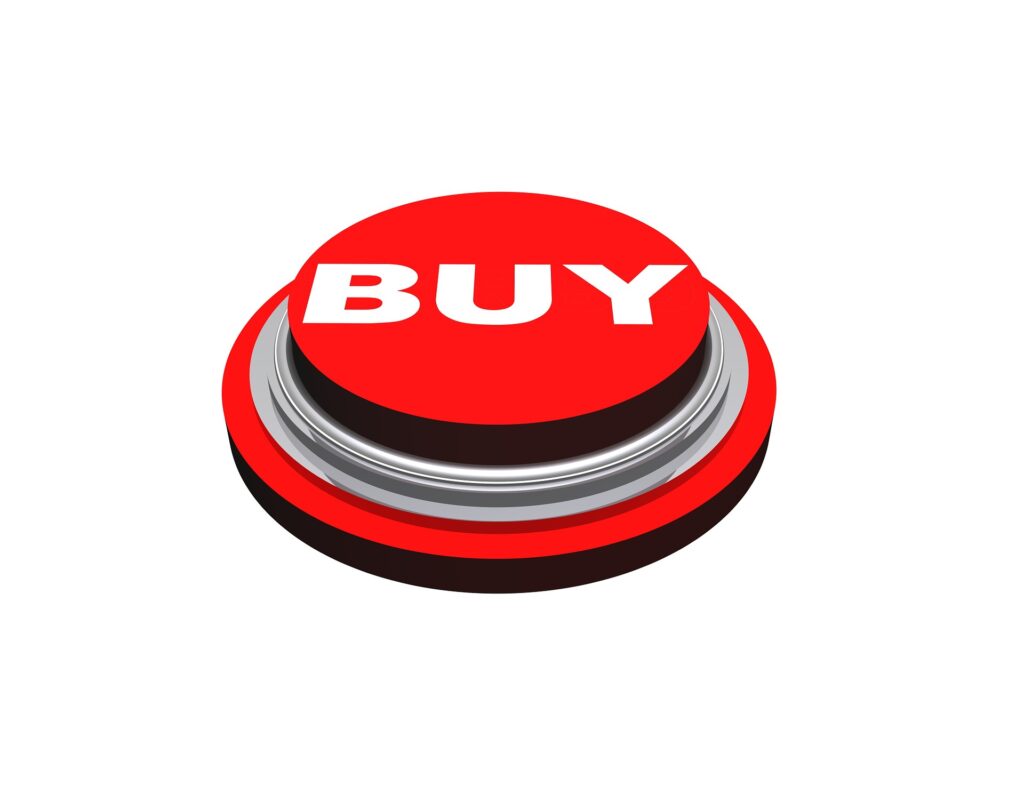WRITING A KILLER NON-FICTION BOOK DESCRIPTION

This week, our focus is on writing non-fiction Book Descriptions and by the time you’ve read this blog, you’ll be well on your way to producing a well-crafted Book Description that sells!
The first requisite is having a fabulous manuscript to begin with. A sub-par book that fails to give any proper information and is choc-a-bloc full of grammar and punctuation mistakes is never going to sell, no matter how good the Book Description is!
Firstly, if you’re unsure what a Book Description is, it’s found near the cover photo and below the pricing boxes (see below).

So, you’ve grabbed your potential reader with an awesome book cover. Now they want to know more about your book itself and this is where you can really seal the deal. If the Book Description is limp and lifeless, your prospect is going to be so unimpressed, they’ll head off to look elsewhere.
What a Book Description is and isn't
It’s a sales pitch to your potential reader about why they should buy your book and is not a summary of the contents. You’re looking to give the reader every reason why they need your book. Persuasion is the name of the game.
How to Create a Stellar Book Description
First paragraph
PAIN-POINTS
In non-fiction, the first paragraph needs to address your reader’s main pain-points. In other words, what are the problems that your book is going to solve? In the Mindfulness for Beginners book example listed above, you can see I listed worry, anxiety, sleepless nights, restlessness and frustration.
My thinking was that these were some pain-points that mindfulness would be able to alleviate so they were the ones I settled for in the form of questions. If the reader can answer ‘yes’ to any or all of these, then they are hooked and will want to read more.
Bear in mind that when someone is directed to your sales page on Amazon, not all of your Book Description is visible at first. You need to hook them before the “Read More” drop-down tag.
ESTABLISH THE AUTHOR’S CREDENTIALS
Here’s the place to talk about your credentials – your expertise if this applies to you. You may have been a pilates teacher for 10 years, a sous-chef for a swish London restaurant or a social media guru since you left school. Obviously, it has to relate to what you’re writing about! Whatever your skill set, it needs to be added here.
In the last part of this paragraph, talk in terms of what you’re going to do for the reader. For example, “Now he’s here to….” and then expound your philosophy or big picture view ending on a positive note. Something along the lines of: “Now he’s here to show you in this book how cooking with organic herbs can not only revolutionise your meal planner but also can transform your health”
Second Paragraph
MESSAGE AND BENEFITS
Start this paragraph off with:
[BOOK TITLE] is a/an [ADJECTIVE] cookbook/beginners’ guide/manual that [place in here an important truth about what your book will do for your reader].
Continue to give a brief overview of what the book is all about and finish with:
“….and by following the advice within, the reader will soon be enjoying the benefits of a better night’s sleep/healthier living/positive mood changes [or whatever applies to your book]”
Third Paragraph
FEATURES AND BENEFITS
Now we’re going to expand on the positives mentioned in the previous paragraph and transform content features into benefits which is a well established sales technique.
What do I mean by this? Let’s say you’re looking to buy a new oven. A feature of this kitchen appliance is that it’s one that’s self-cleaning. That’s all well and good but what does that translate into as a benefit for the buyer. The saleman would point out that it cleans itself which means that you don’t have to spend hours cleaning crusty ovens with dangerous chemicals. The feature has been turned into a benefit which is what makes someone buy a product or, in your case, your book.
Your benefits can be listed using five bullet points using the technique above of stating the feature and following that by what it means to the customer (or the benefit).
Fourth Paragraph
CEMENTING THE DEAL WITH A CALL TO ACTION
This section BEGINS WITH: [BOOK TITLE] is your [ADJECTIVE] cookbook/ beginners’ guide/manual for (solving the problem and being content). “If you like [WHATEVER YOU’RE OFFERING] then you’ll love [AUTHOR’S NAME]’s [ADJECTIVE] [NOUN].”
So this could read: “If you like eating healthy food inexpensively, then you’ll love Martha Jones’s superb cookbook”.
Finish with a CTA or Call To Action. You’ve done the work of getting them excited about your book. Now you need to push them a little to go and buy it!
Instead of a simple “Click the BUY NOW button!” you could be more inventive: “Buy ‘Eating Healthy for Less’ to start saving money and feeling great TODAY”

Always remember that your reader has a problem and he or she is looking for a way of solving it. Your book is the answer!
It identifies their needs (pain-points), shows how qualified you are to be of help (if this applies) and goes on to explain the benefits and how happy they’ll be once they’ve made the purchase.
In later weeks, we’ll be having a look at the impact that book covers, keywords and category selection has on the sale of your book. Book Descriptions are just one (but important and often overlooked) element of increasing your books sales.
I hope you’ve got something of value from this blog and hope you’ll join me for future forays into the field of self-publishing.
If creating a Book Description is something you’d rather leave to a pro, then our copywriting experts can help you and formulate a ready-made sales description for your book for just £99
Graham Cann is a #1 best selling non-fiction author and CEO of Chas Cann Publishers
Affiliate Disclosure
I earn a small commission on some product links on my blog pages at no extra cost to you. I only recommend products I use now, have used in the past or would use if there was a personal need. The extra pennies help with the coffee fund.



